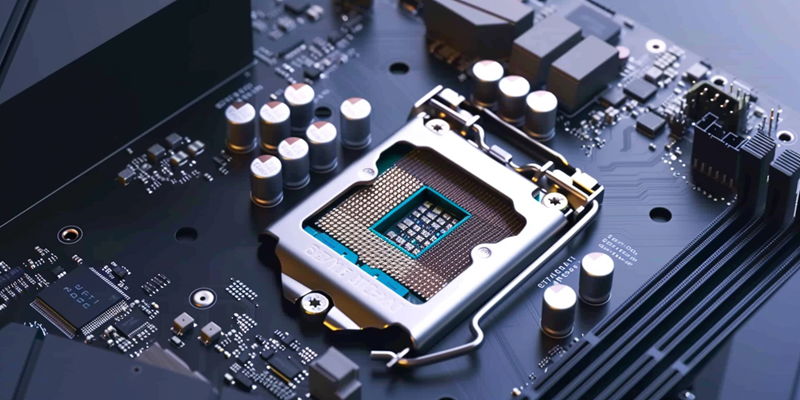Amidst great anticipation, Intel is poised to introduce its latest lineup of processors, the Arrow Lake series. These forthcoming CPUs are destined to carve out a significant place in the market, with at least 21 diverse models catering to various computing demands. This lineup, expected to debut at the premier tech event Computex, will present several intriguing configurations, including the potent Core i9 12900K, the versatile Core i7 12700K, and the robust Core i5 12600K. Notably absent from these offerings is the Core i3 variant, hinting at a strategic shift in Intel’s approach to its mainstream processors.
Arrow Lake CPU Lineup
Energy Efficiency and Performance
Intel’s Arrow Lake CPUs span a spectrum designed to cater to an array of consumers. Gaming enthusiasts will gravitate towards the K models, engineered for optimal performance at a 125W Thermal Design Power (TDP). These CPUs promise to deliver the muscle needed for high-fidelity gaming experiences. Meanwhile, the non-K SKUs offer a more budget-conscious choice with a respectable 65W TDP, making them appealing for regular use and moderate workloads. Appealing to the environmentally conscious, Intel has devised a series of 35W processors that promise both energy efficiency and dependable performance, suitable for everyday computing tasks and energy-saving builds.
Architectural Shifts
Intel’s top-tier Arrow Lake-S models showcase a significant leap in design philosophy, most notably the absence of hyperthreading, which has been a hallmark of Intel’s high-end processors for years. This impactful change is reflected in the leading CPUs: the Core i9 with 24 cores and 32 threads, the Core i7 with 16 cores and 24 threads, and the Core i5 with 10 cores and 16 threads. These configurations rely on a combination of Efficiency-cores (E-cores) and Performance-cores (P-cores), aiming to balance power and performance in various computing environments. Such a startling departure from the norm generates intrigue around how these processors will handle intense gaming sessions and complex AI computation tasks.
Future-Proofing With New Standards
Socket and Memory Evolution
Ensuring compatibility and longevity, all Arrow Lake processors will operate on the new LGA 1700 socket. Intel’s plan to use this socket through at least two more generations signals a steady commitment to future-proofing consumer investments. Unlike previous generations that supported both DDR4 and DDR5 RAM, these processors focus solely on DDR5, indicating a significant shift in memory standards. As a necessity, consumers aiming to keep pace with technological advancements may find themselves upgrading not just the CPU, but also the motherboard and memory to align with these new requirements.
Expectations for Computex
Intel is about to make waves in the tech world with the upcoming launch of its Arrow Lake processor series. This new array of CPUs is slated to make its debut at the esteemed Computex event, showcasing at least 21 different models tailored to a range of computing needs. Led by the formidable Core i9 12900K, complemented by the flexible Core i7 12700K, and supported by the sturdy Core i5 12600K, these processors are expected to make a significant impact. Interestingly, Intel seems to have opted to forgo an i3 variant in the Arrow Lake series. This move suggests Intel may be recalibrating its strategy for entry-level CPU offerings, potentially focusing on more powerful options in their mainstream lineup. The tech community is abuzz with excitement for what these processors promise in terms of performance and innovation, setting the stage for a vibrant Computex unveiling.

